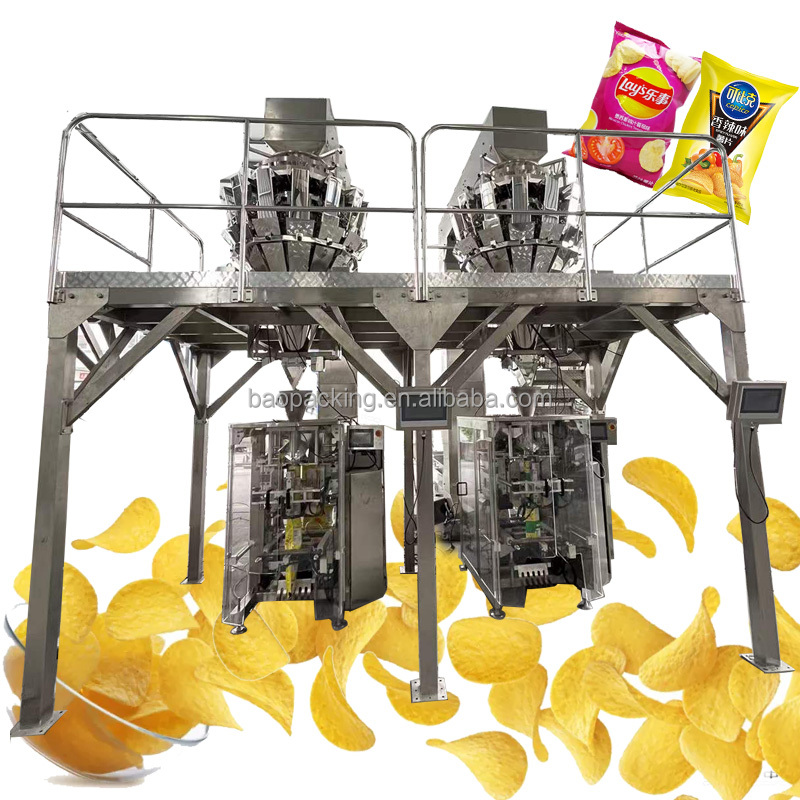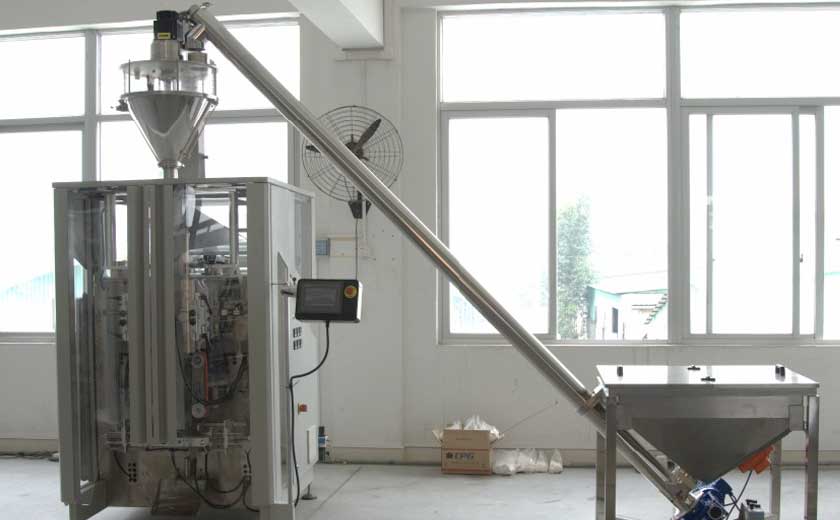The Environmental Impact of Modern Water Sachet Packing Machines
Water sachet packing machines are a modern technology commonly used in the packaging of drinking water. These machines offer numerous conveniences, including increased production efficiency and enhanced product preservation. However, the environmental implications of these machines cannot be overlooked. This article delves into the multifaceted environmental impact of modern water sachet packing machines.
Resource Consumption
Water sachet packing machines rely heavily on various resources, including electricity, plastic, and water. The production of these machines requires significant amounts of raw materials, contributing to the depletion of natural resources. Additionally, the operation of these machines consumes electricity, further straining energy resources.
Plastic Pollution
Water sachets are typically made of plastic, a non-biodegradable material. The widespread use of water sachet packing machines leads to the production of vast amounts of plastic waste. This waste often ends up in landfills, where it can take hundreds of years to decompose. Moreover, improper disposal of plastic sachets can result in littering, polluting waterways and harming wildlife.
Water Scarcity
Water sachet packing machines require a considerable amount of water during the rinsing and cleaning processes. This water consumption can exacerbate water scarcity in regions where water resources are already under strain. The production and disposal of water sachets also generate wastewater, which can contain harmful chemicals and pollutants, further straining water resources.
Air Pollution
The production and operation of water sachet packing machines release greenhouse gases into the atmosphere. These gases contribute to climate change, leading to various environmental concerns such as rising sea levels, extreme weather events, and biodiversity loss. Additionally, the incineration of plastic sachets releases toxic fumes, further polluting the air.
Ecosystem Impacts
Plastic waste from water sachets can have severe consequences for ecosystems. It can entangle and harm animals, both terrestrial and marine. Furthermore, the accumulation of plastic waste on land and in bodies of water can破坏 habitats and disrupt the ecological balance. Micro-particles from plastic sachets can also enter the food chain, posing risks to human and animal health.
The environmental impact of modern water sachet packing machines is far-reaching and multifaceted. These machines contribute to resource depletion, plastic pollution, water scarcity, air pollution, and ecosystem impacts. As the demand for packaged water continues to grow, it is crucial to address the environmental consequences of water sachet packing machines and explore more sustainable alternatives. This includes promoting the use of reusable containers, implementing effective waste management systems, and investing in eco-friendly packaging technologies.
-
Overview of Packaging Machine Buying Guides
08-01-2024 -
How Does a Vertical Form Fill Seal Machine Work?
30-10-2023 -
Advancements in Auger Powder Filling Technology
27-10-2023 -
A Deep Dive into Automatic Packaging Machines
26-10-2023 -
The Revolutionary Fully Automatic Potato Chips Packaging Machine
20-09-2023 -
How to choose the right packaging machine?
23-08-2023 -
Reducing Waste And Maximizing Yield With Multihead Weigher Machines
15-03-2023 -
Nuts Packaging Machine for Dry Products Perservation
26-11-2022 -
Is Automated Biscuit Packaging Machine Better Than Manual Opeartion?
25-11-2022













